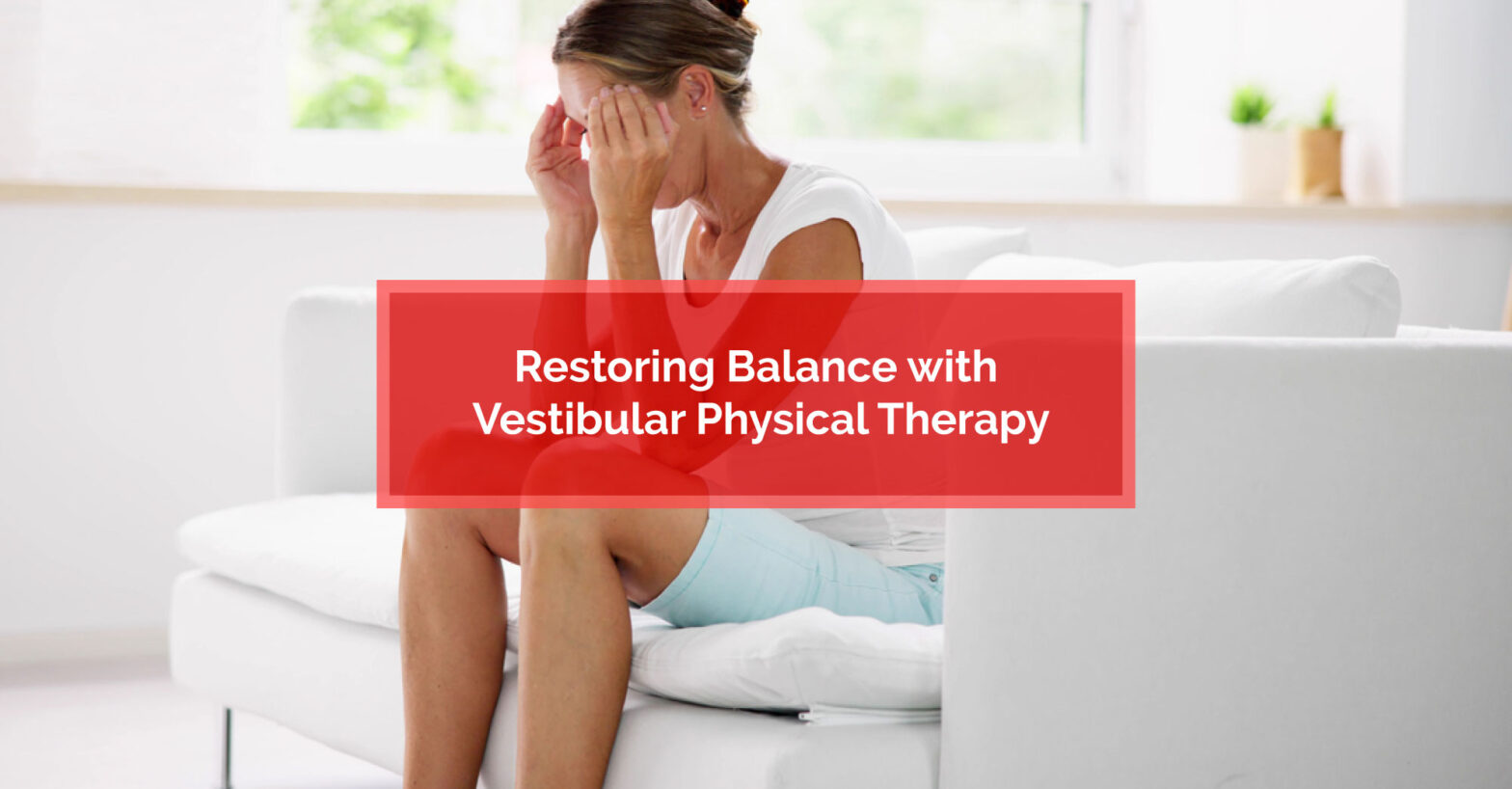Osteoarthritis Treatments: What You Need to Know...
Key Highlights: Osteoarthritis treatments focus on pain relief, restoring joint…
Read More
Posted by Dr. Scott Wilson | 15-Mar-2023
A herniated disc is a very common cause of back pain in Canada. It’s estimated that approximately 80% of Canadians will experience back pain at some point in their lifetime and a significant portion of these cases are due to herniated discs. In addition to being very common, a herniated disc can also be very painful. Often, this pain is described as sharp or burning. However, symptoms can also include a radiating tingling, numbness or weakness.
In extreme cases, surgery and medication are sometimes necessary to address the condition and provide relief. However, most cases do not require surgery and relief can be found using a non-invasive treatment option like physiotherapy. Physiotherapists focus on restoring function and reducing pain through exercise, stretching, and manual therapy.
If you’re experiencing mild to severe symptoms due to a herniated disc, understanding how physiotherapy can help may be the first step toward finding the relief you need. Here’s what you need to know.
A herniated disc, also known as a slipped or ruptured disc, occurs when the soft, gel-like centre of the spinal disc protrudes through a tear in the outer layer of the disc. This can put pressure on nearby nerves, which, in turn, causes pain, numbness, or weakness in the affected area.
A herniated disc can occur in any part of the spine, but is most commonly seen in the lower back (lumbar spine) or neck (cervical spine) regions. They can be caused by a variety of factors, including age-related wear and tear, injury, or repetitive movements that put stress on the spine. Other factors, such as genetics, obesity, smoking, and poor posture, can increase your risk of developing a herniated disc.
In some cases, where there is little or no pressure on the adjacent nerves, you may experience little to no symptoms at all. However, in most cases, a herniated disc causes a sharp or shooting pain in the affected area. It can also cause numbness or tingling sensations, and weakness in the muscles served by the affected nerves. This pain can interfere with daily activities and, in some cases, can even be debilitating. Here are the common symptoms of a herniated disc:
If you are experiencing any of these symptoms, it is important to seek medical attention right away. A healthcare professional can review your medical history, perform a physical exam, and order diagnostic tests to determine whether or not you have a herniated disc. From there, they can develop an appropriate treatment plan to help with relief, recovery and prevention.
The most appropriate treatment option will depend on the severity of the herniation and your specific symptoms. In most cases, physiotherapy is an effective non-surgical treatment option. It can help relieve pain, promote healing, and prevent further injury. Here are some of the techniques that your physiotherapist may use to help with your recovery:
Physiotherapy has several benefits especially when compared to other treatment options such as surgery or medication. Physiotherapy is non-invasive and does not involve the use of medication, which can have side effects. It can also be a more cost-effective and less risky option than surgery.
Exercise can be an effective treatment option for herniated discs and is often a key component of a Physiotherapist’s treatment plan for herniated discs. Here are some of the ways that exercise can help:
It’s important to note that not all exercises are suitable for individuals with a herniated disc. In fact, certain exercises can actually worsen symptoms. This is why it’s important to work with a qualified healthcare professional to develop a safe and effective exercise program.
If you’re struggling with a herniated disc, there are certain exercises that you should avoid. That’s because these exercises can put unnecessary stress on your spine and worsen your symptoms. Here’s an overview of the types of exercises you should avoid when recovering from a herniated disc:
As always, it is important to work with a qualified healthcare professional. Your Physiotherapist can develop a safe and effective exercise program that’s tailored to your unique condition and limitations.
Q1: Can a Physiotherapist fix a herniated disc?
A physiotherapist can’t “fix” a herniated disc, but they can help manage the symptoms, promote healing and prevent further damage. This is done by combining manual therapy, exercise and other therapies, along with education.
In some cases, physiotherapy may be enough to relieve symptoms and avoid surgery. However, if the herniation is severe, surgery may be necessary. It’s important to consult with a healthcare professional to determine the best course of treatment for your specific condition.
Q2: How long does it take physical therapy to work for a herniated disc?
The amount of time it takes for physical therapy to work varies. Other factors include the severity of the condition and factors such as age, overall health, and compliance with the treatment plan. Some sufferers experience relief just a few weeks after starting. However, it may take several months of consistent therapy and exercises to achieve significant improvement. It’s important to follow your treatment plan as prescribed by your Physiotherapist. You should also be sure to communicate any concerns or changes in symptoms during the therapy process.
Q3: What is the fastest way to heal a herniated disc?
Healing a herniated disc can involve a combination of treatments including manual therapy, exercise therapy, hot & cold therapy, traction and electrical stimulation. In some cases, it may require medication and surgery. However, the specific treatment plan depends on the severity of the herniation and the quality of your overall health. The rate of recovery also depends on compliance with your treatment plan and avoidance of aggravating activities. A healthy lifestyle with regular exercise and good posture can also help prevent future herniated discs.
Q4: Can a herniated disc fully heal?
In some cases, and with Physiotherapy, a herniated disc can fully heal on its own without the need for surgery or other invasive treatments. However, it may take several weeks or even months for the healing process to occur. Also, the extent of healing depends on various factors. This includes the location and severity of the herniation, your age and overall health, and the treatment received. It’s also possible to experience chronic pain or other symptoms even after the disc has healed.
A herniated disc can cause significant pain and discomfort, but there are effective treatment options available. Physiotherapy is one such option. Through a combination of manual therapy, exercise therapy, and hot & cold therapy, your Physiotherapist can help to relieve pain, promote healing, and improve your mobility. By taking a proactive approach, you can return to your normal activities with less pain and discomfort.
If you or someone you know is struggling with a herniated disc, contact us today and let our team of highly skilled Physiotherapists show you why, at Physiomed, Healthier Starts Here.

Key Highlights: Osteoarthritis treatments focus on pain relief, restoring joint…
Read More
Key Highlights: Runner's knee, or patellofemoral pain syndrome, is a…
Read More
Key Highlights: Upper back and neck pain can be caused…
Read More
Key Highlights: Many people want to lose belly fat for…
Read More
Key Highlights: Vestibular physical therapy, or physiotherapy, is a specialized…
Read More
Key Highlights: Tennis elbow, or lateral epicondylitis, is a condition…
Read More